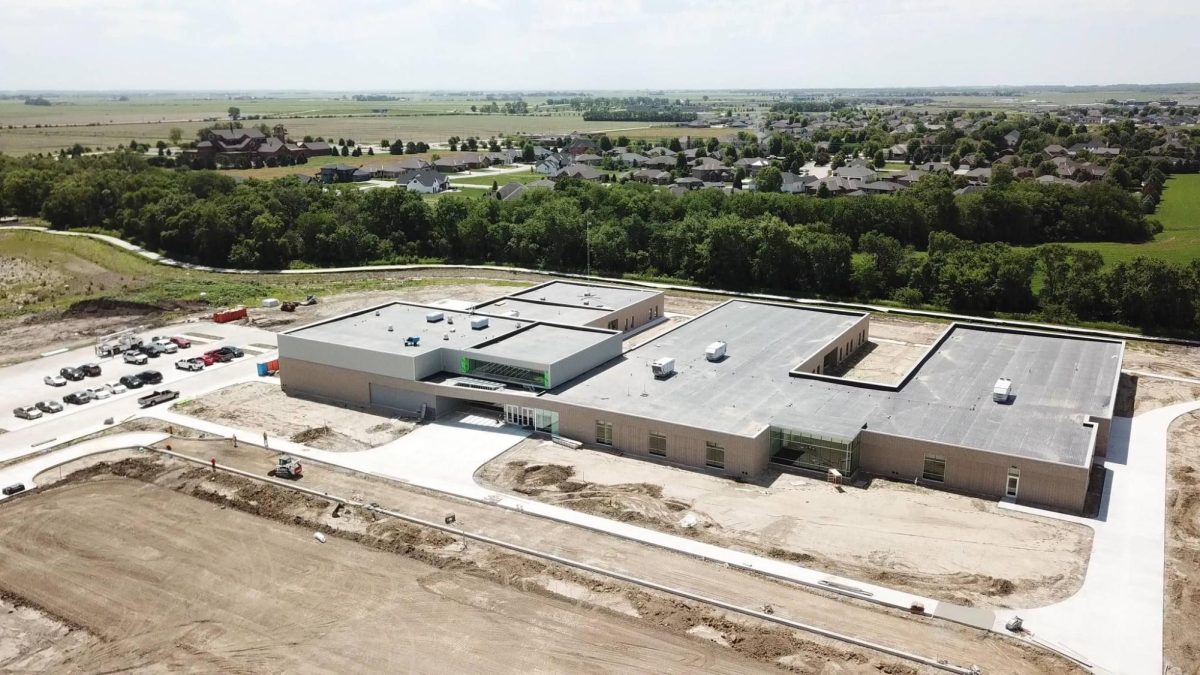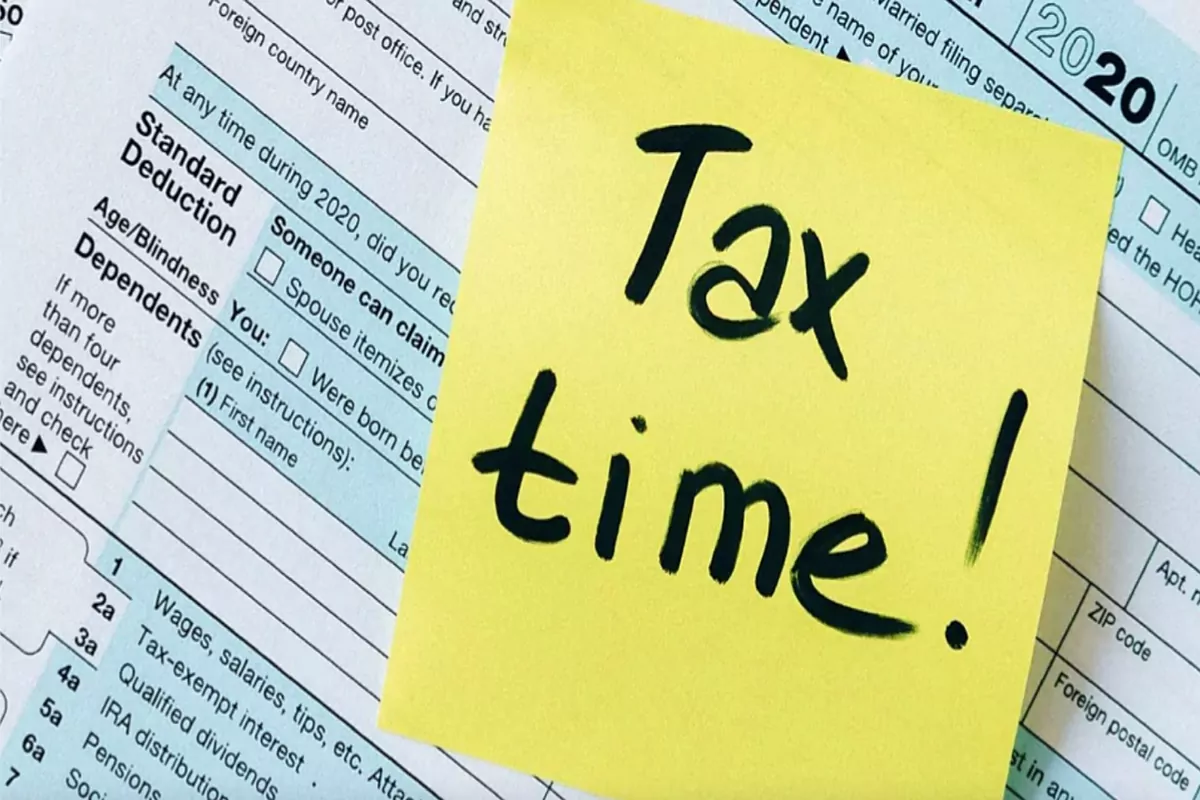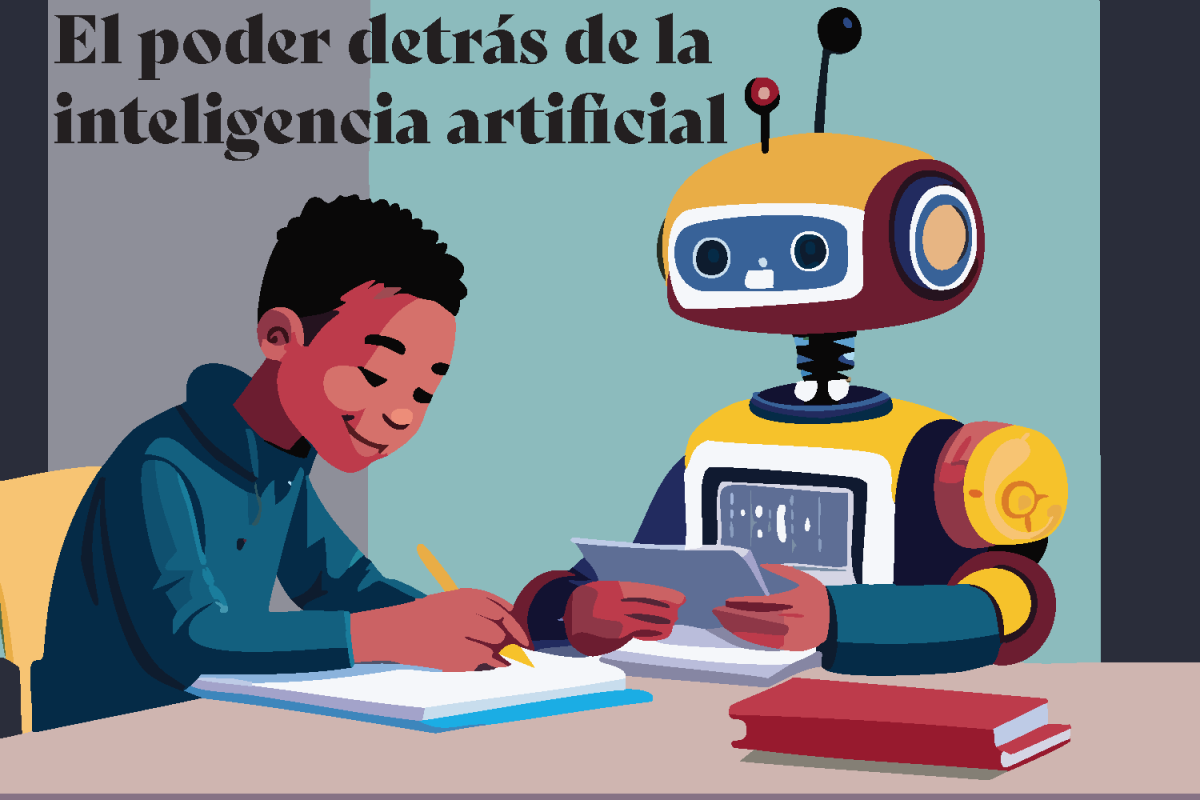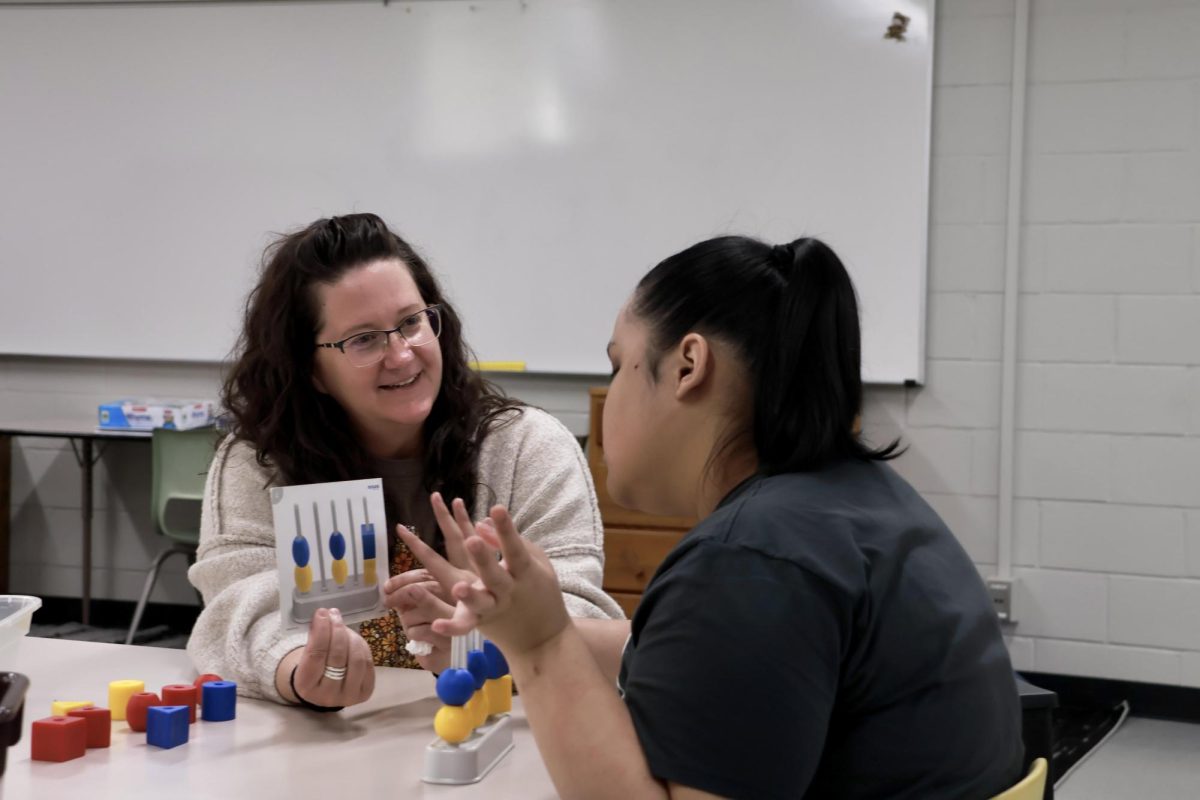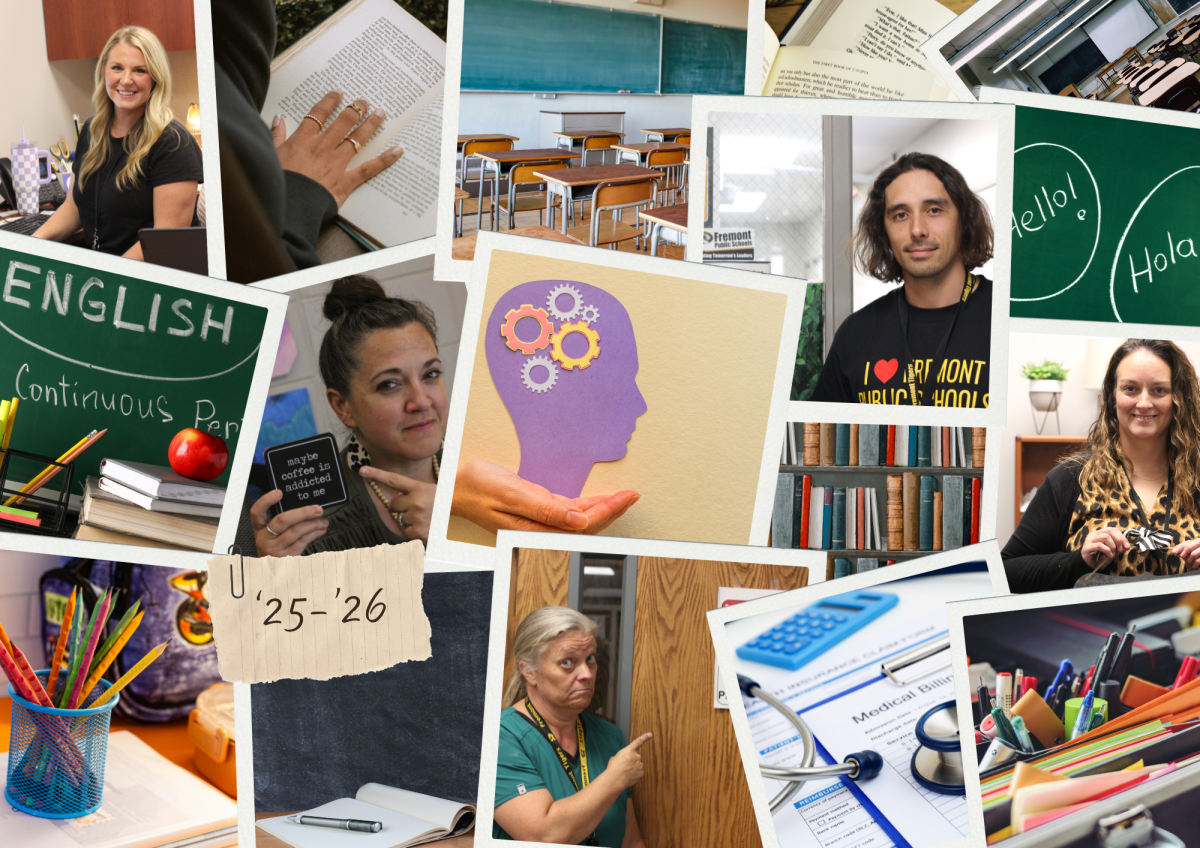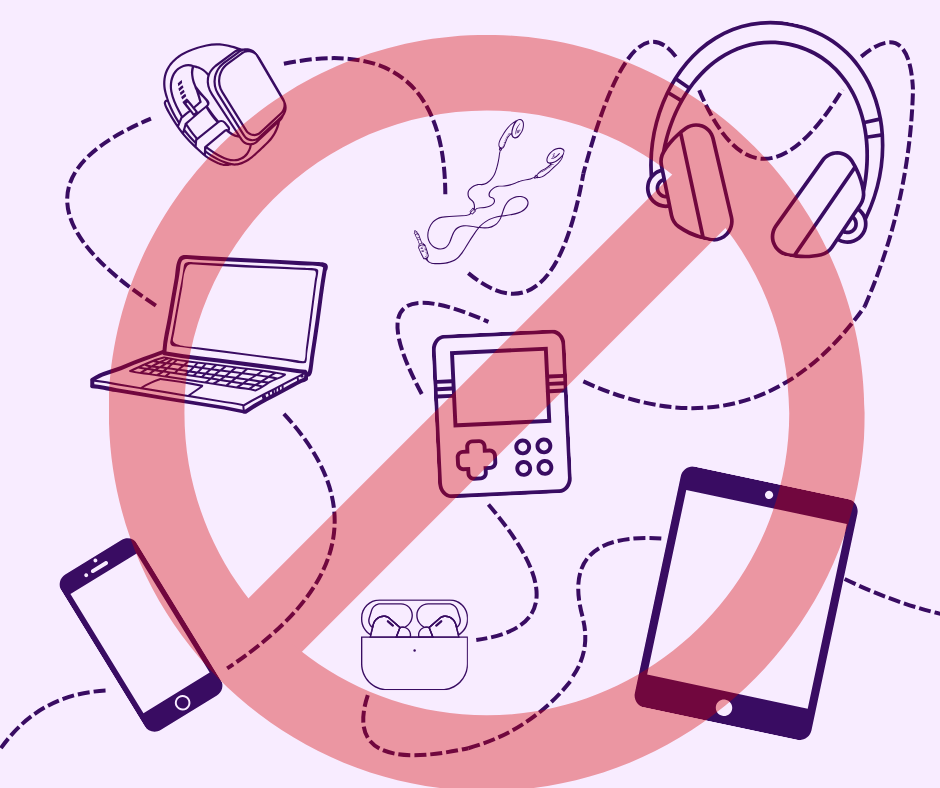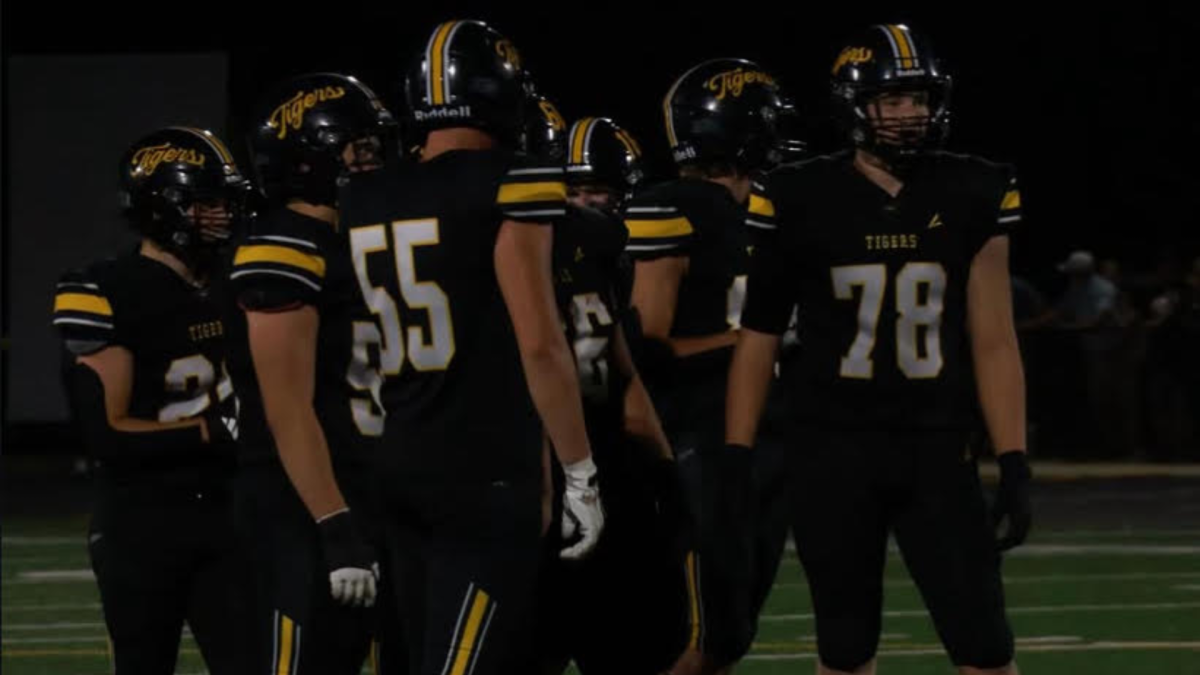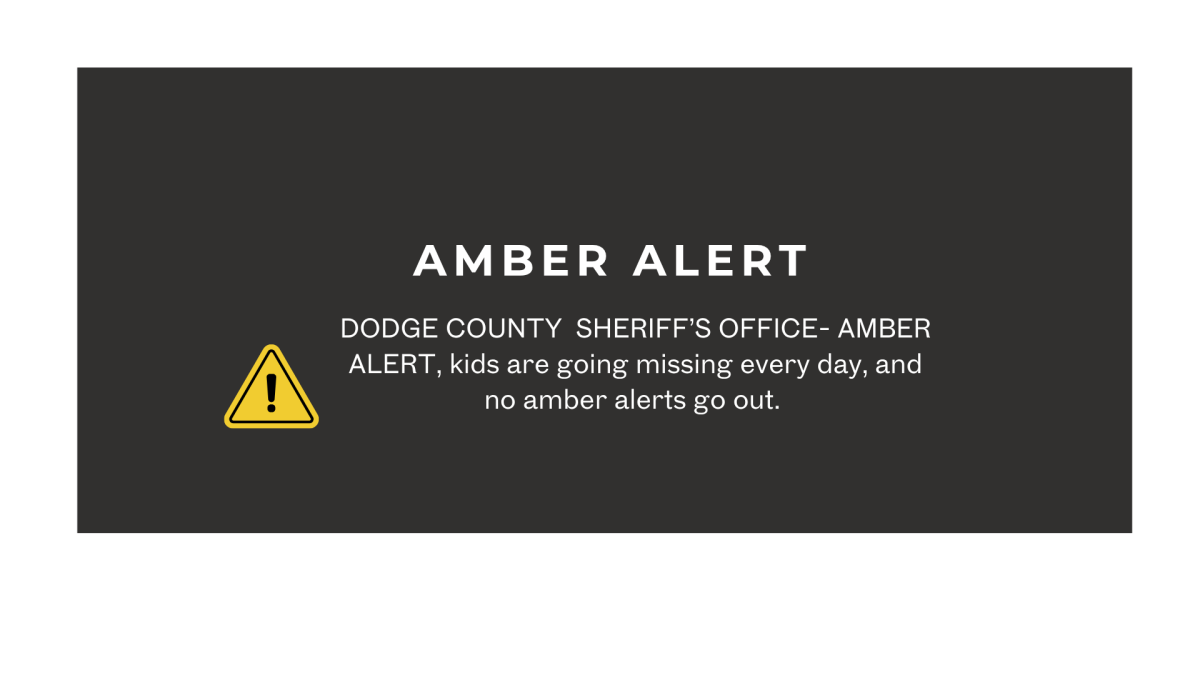The 7:45 a.m. bell rings at Fremont High School, an obnoxious ding that signals the daily stampede. Students jolt through crowded hallways, their backpacks clashing, hurried apologies lost in the chaos. But the real struggle is not just with physical space; it’s the growing challenges of overcrowded rooms, overworked teachers and disengaged students combined.
In today’s education system, major concerns have emerged: How does overcrowding affect learning? Why are teachers leaving the profession left and right? What role do student behavior and parental involvement play in the growing crisis? These questions highlight the reality of a system where lessons compete with side chatter, discipline takes precedence over discussion and overwhelmed teachers find themselves repeating instructions to students more focused on their phones than the lessons at hand.

OVERCROWDING & TEACHER BURNOUT
Homework piles up, but motivation dwindles. Resources are stretched thin, yet expectations remain high for many educators. In a system bursting at the seams, education becomes less about learning and more about survival. As the demand for high-quality education continues to rise, schools are confronted with a significant challenge: how to deliver quality instruction time when classrooms are overcrowded, teachers are burned out and some parents seem to be convinced they could do the job better themselves, despite never having set foot in a classroom beyond their own school days.
Classroom size and student behavior are perhaps the most glaring issues. Teachers in honors classes often report that the smaller student-to-teacher ratio, typically around 15:1, makes it easier to engage students and provide individualized attention students need. This sentiment is echoed across the district, where general education classes often have ratios of 25:1 to 30:1, sometimes even higher, meaning teachers must manage more students with fewer resources. This strain on educators is undeniable and growing.
Kelsey Leffler, a Family Consumer Science teacher, explained the strain: “I don’t feel like I can give all students my best all the time. Every student deserves the best of me and it’s impossible to reach that many students as one person. Sometimes it feels like babysitting, not teaching.”
Leffler’s frustration is not unique; many teachers at FHS echo the same sentiment and face these challenges daily. Large class sizes don’t just overwhelm teachers, they also hinder student engagement and academic success. Teachers consistently report that large class sizes with limited space make it difficult to provide individualized attention and maintain an effective learning environment.
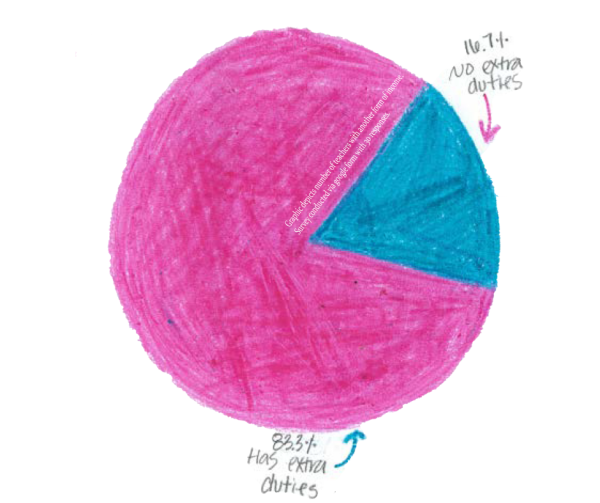
“Having large classes makes it hard to build strong relationships with individual students and provide needed one-on-one help,” English teacher Ashley Bignell said. “It hurts all students in the class because I can’t teach as effectively or efficiently as I’d like because I’m constantly pulled in a million different directions. I spend more time putting out fires than actually teaching.”
According to data from Mike Schleicher, the high school registrar, out of 1,011 annual courses facing overcrowding, more than half (657) have over 18 students and 249 exceed 30 students per class “limit.”
As class sizes increase, it is nearly impossible for teachers to provide students the individualized attention they need. The consequences result in a diminished educational experience for students and increased strain on already overworked educators.
Students from disadvantaged backgrounds will be the hardest hit, increasing and worsening the inequities in education. Some students may not graduate with the life skills and knowledge they need to be successful in the workforce or in further education. While there may not be an immediate impact, over time, this will essentially create a domino effect, where the educational system produces a poorly educated workforce.
STUDENT BEHAVIOR & ACCOUNTABILITY
Classroom disruptions have escalated far beyond minor inconveniences; they’ve become a full-blown crisis, wreaking havoc on the very foundation of education. Once rare behaviors are now alarmingly common, undermining the school’s core purpose: learning.
Students are flushing vapes down toilets, skipping class, sneaking out of the building and wandering the halls as if rules don’t apply to them. But it’s no longer just about truancy or the lingering smell of “Blue Razz” in the bathrooms, students have literally ripped toilets and sinks off the walls, causing tens of thousands of dollars in damages that could have been used to improve the school.
For a glimpse into the chaotic side of school life, people can search “fhsalmostfriday” on Instagram. This unofficial account, created by an anonymous student at FHS, requests and showcases “funny content of school shenanigans” submitted by local students. A recent post showed a student jumping on a bathroom sink and breaking it off the wall, just one example of the increasingly reckless behavior making its way into school life.
“There are lots of great kids that deserve to be in classes and hallways with kids that can control their behaviors and that want to be there to learn and get a great high school experience, but they genuinely cannot with the way some modern-day students are acting,” physical education teacher Scott Millard said.
A former Fremont High School teacher, who wishes to stay anonymous, revealed they left not only Fremont Public Schools (FPS) but the entire education field due to the overwhelming lack of accountability within the school system.
“I could report incidents to the office, something that would result in expulsion at any other district would be a 5-day suspension here. ‘Repeat offenders’ were only given a couple of days out of school,” the former teacher said. “The fact of the matter is that teenagers, whether they realize it or not, appreciate three things in school, particularly if they have a rough home life: structure, routine and accountability. I was able to provide two of those in my classroom, but by the end of my time at FHS, I was powerless to provide the third.”
When students see that rules are not enforced consistently, or at all, they lose respect for authority and for the education system as a whole. Many modern-day students seem to believe that education is a chore, not a privilege.
PARENT INFLUENCE & RESPONSIBILITY
Student behavior and academic challenges often stem from two extremes: a lack of parental involvement or parental overreach and interference. Some teachers feel undermined and powerless when parents refuse to hold their children accountable, dismissing consequences and shifting blame onto educators instead of addressing the root issues at home.
“If I discipline a student for talking back or not turning in work, I get an angry email from their parents saying I’m being unfair,” Media Center Specialist Dana Fontaine said. “But if we don’t enforce rules, we’re accused of not doing our jobs.”
Rather than holding their children accountable, many parents have taken to “Fremont Nebraska Discussions” on Facebook to complain about teachers, school policies and administration instead of working with educators to find solutions. The impact of disengaged or combative parents is reflected in student behavior and academic performance. When students see that expectations are not reinforced both at home and at school, they quickly learn that they can ignore deadlines, talk back, disengage or even vandalize school property without facing real consequences. This lack of accountability creates a cycle in which students graduate unprepared for the real world, where actions have weight and expectations are non-negotiable.
SOLUTIONS & CALL TO ACTION
Addressing these issues requires a multifaceted approach. For administrators, this means hiring more qualified teachers, increasing mental health support for students and staff, communicating more effectively with parents and ensuring teachers have the necessary resources to succeed. For parents, it means reinforcing expectations at home, teaching children respect and working with school staff rather than against them. Without shared responsibility, the cycle of disengagement will persist, further straining educators and ultimately failing students.
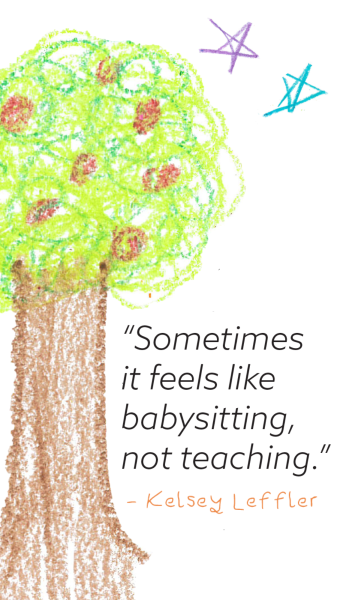
Teachers across the country are not just overworked, they are exhausted, undervalued and expected to take on far more than their job descriptions entail. Many work long hours after the mandatory school day, juggling lesson planning, grading and even acting as bathroom monitors to prevent students from vaping or vandalizing.
“Our job is to teach our content area, not raise the child,” Bignell continued to say. “Too often we’re forced to teach accountability, common decency, respect and even proper personal hygiene practices. My job is to teach students about history and literature, not how to respond without cursing at someone, how to meet deadlines or to feed them, but those are daily parental tasks that most teachers in this building do all the time.”
For some teachers, the lack of support has been so severe that it has pushed them to the brink of quitting or reconsidering their career.
“I thought about leaving teaching my first year at FHS,” said Desiree Hayden-Parra. “When I took the newcomer teacher position, I knew that the program was struggling, but I wasn’t aware of how bad it really was. I was given a classroom, computer, desk and chair—that was it. There wasn’t a curriculum that was being used, and I eventually had to give up my planning time to teach another class since more students kept coming, and I was already maxed out with 32 students in my classes.” With no planning time at school, she was forced to prepare lessons from scratch at home, pushing her to the point of exhaustion. “It was a horrible, horrible year for me. I was so stressed, my body couldn’t hold up and I started getting sick all the time. My immune system was so bad, I even came down with RSV. My doctor also told me that I should seriously consider a change because my job was going to literally kill me.”
At the heart of the issue lies a truth: education is a shared responsibility. Schools cannot fix broken systems alone and teachers cannot be expected to carry the weight of society’s failures on their backs. Public education will continue its downward spiral unless we take action now. If society truly wants to see students succeed, they must start by respecting and supporting the educators who dedicate their lives to shaping the future. The path forward requires collaboration, not division.
“If there’s one thing that needs to change in education, it’s this: if you have to focus your energy as a district on ‘looking good’ in the public eye, you have bigger fish to fry on the inside,” the former teacher said. “FPS only seems to care about having good publicity, flashy things that they can put on a poster or in a newspaper article, rather than fixing issues at their core.”
However, when parents refuse to support teachers in enforcing expectations, students learn that they can ignore deadlines, talk back, disengage and even vandalize without consequences. When districts fail to uphold clear policies and back their educators, the results are inevitable—a shock when students enter the real world, and the cycle continues.
For parents, this means reinforcing expectations at home, teaching children respect, and working with local school staff rather than against them. For school districts, it means establishing firm policies, supporting teachers in maintaining discipline and ensuring that students understand accountability.
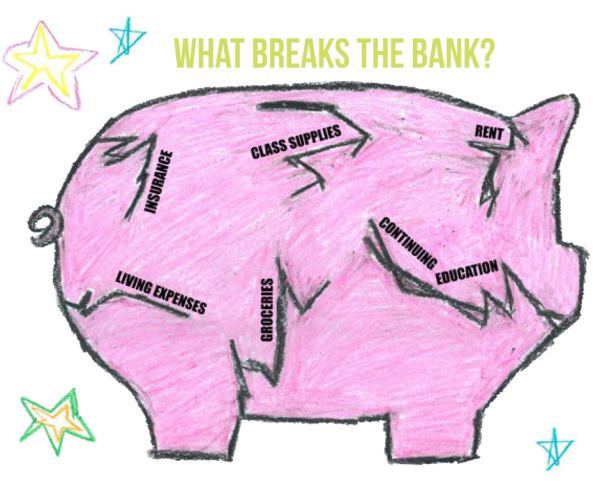
“Listen to the teachers,” the anonymous teacher said. “Listen to the staff. You need to answer if several people are sounding the same alarm. If those people are in the middle of the fire while you’re several miles away just kicking back, you need to understand that the ones fighting the fire know how to put it out better than you do.”

